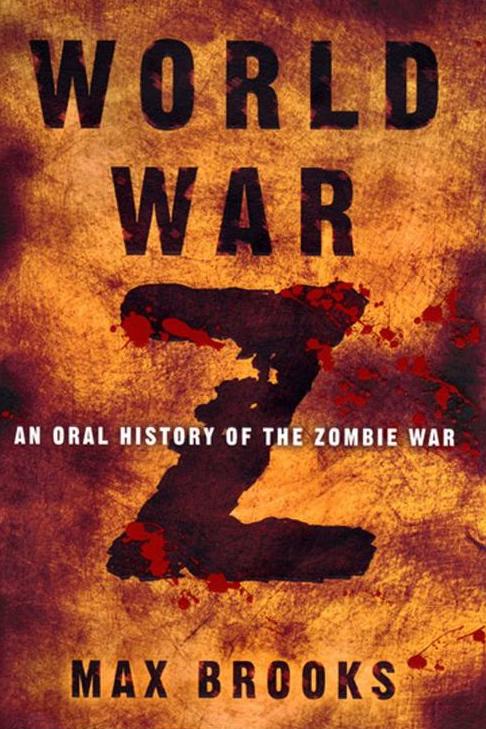The zombie apocalypse genre has been around for several decades now, with hundreds of different stories. Yet, in all these tellings, a similar pattern, tone, and form are held in common. The world is always annihilated; all hope lost, humanity an endangered species. In this world survivors arise, who face monumental challenges against the hordes of undead and each other. Then in the end, either the survivors die out, or they struggle on, facing an uncertain future.
Max Brooks’ “World War Z: An Oral History of the Zombie War” is a break from this standard of the genre. Here, Brooks focuses on a realistic zombie apocalypse. How would humanity as a whole react to an undead plague? Not just one person, or a small nuclear group, but all of the world. It is less of a story, more a fictional prediction.
The story takes place in the present (which at the time of printing was 2006) and it takes into account everything that was going on in the world at the time. International relations, domestic issues, and economic trends at the time are all represented in the book and form one of its strongest points, the realism. Realism is fairly rare on a zombie novel, but here it has a reasonable presence. People and nations act exactly how they could be respected to act in a zombie apocalypse, especially in regards to things such as immigration protocol, commercialization, and militarization.
The form of the novel is that of a collection of stories, told orally from the characters to the narrator. There are 24 different characters in the novel, all telling different stories that cover a different part of the world.
The stories can be split into two large categories. There are the sections that are personal and focus on the human element, and then there are the sections that are more passive, being about someone other than the narrator, and focus on political and socio-economic issues and deal with large scale problems in the world-wide apocalypse.
The personal stories are the most intense, lively, and enjoyable sections, and make up the majority of the book. They are not frightening in the traditional sense of not knowing whether or not the characters will die, since you know for a fact the main character is going to live to tell the tale. However each character is well done that the story feels like it is being told by a soldier with PTSD, or a jarred doctor, or a mentally disabled girl.
The passive sections are slightly harder to read throygh, they lack the intensity of the personel stories and exist solely to frame the world the characters inhabit. In this sense the two types complement each other perfectly. Reading it, you can’t help but feel the true gravity of the situation. Individually the stories are average, but as a whole, “World War Z” is an awe-inspiring depiction of an entire world reacting to a particular crisis in the way the world would


